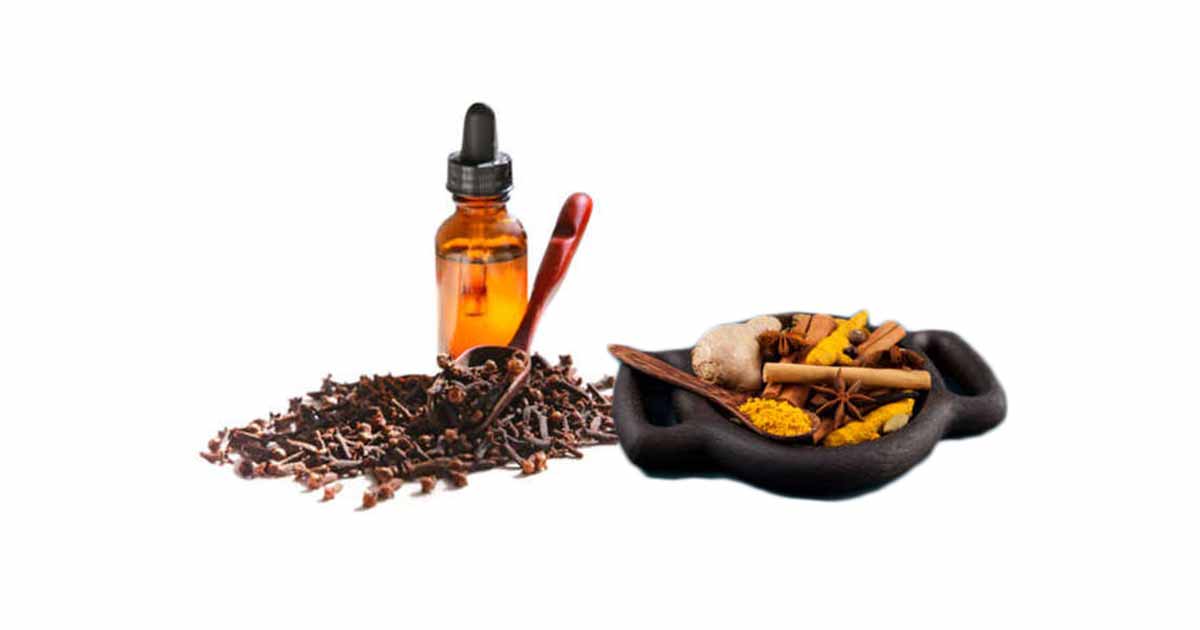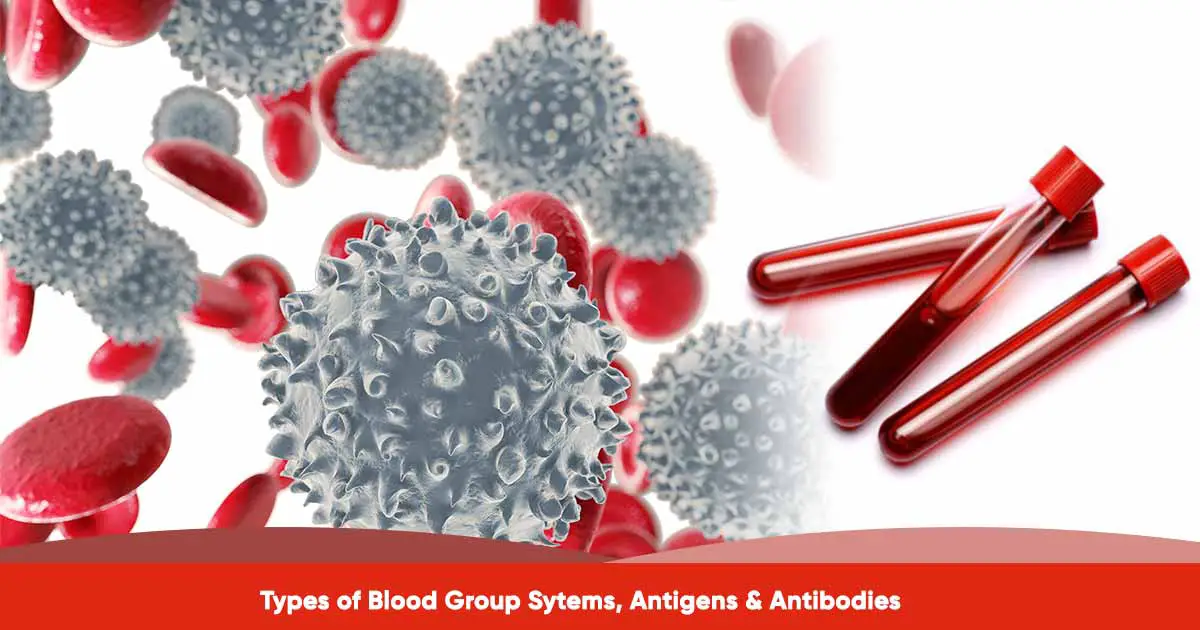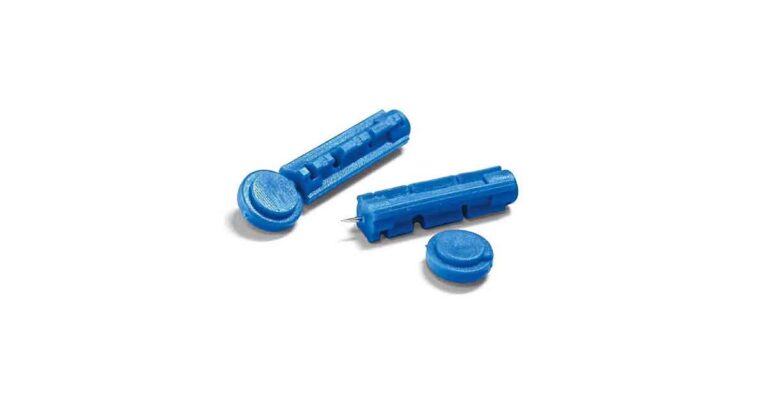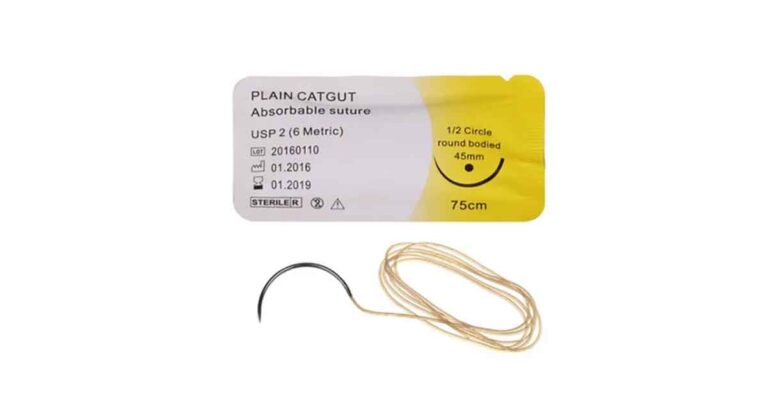Turmeric is a perennial flowering plant, obtained from the rhizome (the underground part/root) of Curcuma longa L. It belongs to the ginger family, “Zingiberaceae”, and is closely related to ginger. The roots of are used in the Asia, mostly in India, Middle East, Africa for cooking, beauty purpose and herbal remedies because it is really thought to be a really beneficial root. When used in cuisines and dishes, it imparts an aromatic flavor.
Turmeric (Curcuma longa) appears like fingers 2 to 8 cm long and 1 to 2 cm wide having bulbs and splits just like gingers. It is the actual root that is extracted from the ground, and curcumin is one of the main phytochemicals that gives its distinctive peppery flavor and health effects.
Turmeric powder has a warm, bitter, black pepper-like flavor and earthy, mustard-like aroma.
Recently, Turmeric has been added to beverages, spices and processed foods companies because of its nutritional value.
The plant is filled with nutrient and bioactive elements that are used in managing many disease conditions in Ayurvedic and traditional medicines in China, India, Indonesia, and Thailand.
It is used for headaches, bronchitis, colds, lung infections, fever, cancer, arthritis, skin infections, diabetes, wound healing, as anti-venom, in menstrual problems, itchy skin, and cancers. Other uses include depression, Alzheimer’s disease, swelling in the middle layer of the eye (anterior uveitis), water retention, worms, systemic lupus erythematosus (SLE), tuberculosis, urinary bladder inflammation, and kidney issues.
Turmeric has various different names, in different countries, such as: Curcuma, Curcuma Aromatica, Curcuma Domestica, Curcumae Longa, Curcumae Longae, Rhizoma, Curcumin, Curcumine, Curcuminoid, Curcuminoids, Halada, Haldi, Haridra. Others are Indian Saffron, Nisha, Pian Jiang Huang, Racine de Curcuma, Radix Curcumae, Rajani, Rhizoma Cucurmae Longae, Safran Bourbon, Safran de Batallita, Safran des Indes, Turmeric Root, Yu Jin.
Major Bioactive Elements in Turmeric
Turmeric contains three active flavonoids curcuminoids compounds which includes curcumin, demethoxycurcumin (DMC), and bisdemethoxycurcumin (BDMC). Curcumin, also called diferuloylmethane gives the plant the yellow pigment and color.
It also makes up about 60-70% of all the active content found in extracts. It is a small molecular weight polyphenolic compound used in managing various human diseases and conditions.
It is insoluble in water but soluble in ethanol, and other organic solvents. Curcumin is stable at the acidic pH of the stomach.
Other constituents present are volatile oils, including tumerone, atlantone and zingiberone and sugars, proteins and resins.
The essential oil (3-7%) obtained by steam distillation of the rhizomes have: phellandrene (1%), sabinene (0.6%), cineol (1%), borneol (0.5%), zingiberene (25%) and sesquiterpines (53%).
Nutritional Content in Turmeric
Turmeric contains about: 60–70% carbohydrates, 6–13% water, 6–8% protein, 5–10% fat, 3–7% minerals, 2–7% dietary fiber.
There are vitamins such as niacin, riboflavin, thiamine, biotin, pantothenic acid, folate. The minerals present includes calcium, iron, sodium, potassium, copper, zinc, and phosphorus.
| Nutrient | Quantity |
| Carbohydrate | 49.22 g |
| Protein | 7.66 g |
| Total fat | 5.03 g |
| Dietary fibre | 21.38 g |
| Energy | 1174 KJ |
| Vitamins | |
| Thiamine | 0.06 mg |
| Niacin | 1.55 mg |
| Riboflavin | 0.01 mg |
| Folate | 13.86 ug |
| Biotin | 0.76 ug |
| Pantothenic acid | 0.13 mg |
| Minerals | |
| Calcium | 122 mg |
| Potassium | 2374 mg |
| Sodium | 24.41 mg |
| Copper | 0.44 mg |
| Iron | 46.08 mg |
| Phosphorus | 276 mg |
| Zinc | 2.64 mg |
Medicinal Benefits of Turmeric
1. Antiviral activity:
Research shows that curcumin, the plant derivative of turmeric has a wide range of antiviral activity against different viruses such as : papillomavirus virus, influenza virus, hepatitis B virus, hepatitis C virus, adenoviruses, Human norovirus, Respiratory syncytial virus and Herpes simplex 1 (HSV-1) e.t.c.
The antiviral effect of curcumin depends on the dose. Curcumin inhibit the activity of inosine-mono phosphate hydrogenase (IMPDH) enzymer. By inhibition of IMPDH, it reduces the level of intracellular guanine nucleotides, which required for adequate RNA and DNA synthesis. Inhibition of IMPDH by curcumin is responsible for the potential anti-proliferative, antiviral and antiparasitic effects.
2. Anti-inflammatory action:
Curcumin possesses significant anti-inflammatory activity in acute as well as in chronic inflammation. It may exert its anti-inflammatory activity by regulating numerous transcription factors like cytokines, protein kinases, adhesion molecules, redox status and enzymes, that have been linked to inflammation.
3. Antioxidant effect:
Curcumin has been shown to have antioxidants property and improve the activity of GSH, catalase, and SOD enzymes active in the neutralization of free radicals. Studies also shows that it can increase serum activities of antioxidants such as superoxide dismutase (SOD).
In addition, curcumin is a lipophilic compound, which makes it an efficient scavenger of peroxyl radicals. Therefore, like vitamin E, curcumin is also considered to have an antioxidant property.
4. Anti-cancer property:
Millions of deaths worldwide are caused by various types of cancers. Cancer is as a result of successive genetic and epigenetic alterations resulting in apoptosis, uncontrolled cell proliferation, metastasis, and angiogenesis.
Curcumin has been studied, and showed significant improvements in gastrointestinal, melanoma, genito-urinary, breast, and lung cancers. Curcumin may be used alone or in combination with conventional chemotherapy.
Curcumin prevents carcinogenesis by affecting two primary processes: angiogenesis and tumor growth Curcumin analogs S1- S3 containing sulfone strongly inhibited the growth of human prostate, colon, lung, and cancer cells.
5. Antibacterial activity:
Curcumin inhibit the growth of a variety of periodontopathic bacteria, porphyromonas gingivitis Arg- and Lysspecific proteinase (RGP and KGP) activities.
In addition, curcumin suppressed P. gingivitis homotypic and Streptococcus gordonii biofilm formations. At relatively high concentrations, curcumin targets bacterial membranes (Escherichia coli). On another hands, Curcumin – Polymyxin B are used clinically for topical therapy to treat or prevent traumatic wound infections of the skin.
The use of the combination may also reduce the emergence of resistant isolates during treatment. Additionally, curcumin loaded in zein (zein-CUR) fibers showed good antibacterial activity towards S.aureus and E. coli.
6. Anti-allergy/Anti-Asthmatic property:
Curcumin helps to decrease the nasal airflow resistance by alleviating sneezing, rhinorrhea and nasal congestion. It also suppresses the IL-4, IL-8, and tumor necrosis factor α as well. There are enhanced levels of IL-10 and soluble intercellular adhesion molecule.
Curcumin when administered through nasal route in asthmatic mice inhibits allergic airway inflammations and maintained structural integrity
Curcumin is also effective in allergies and also allergies related asthma.
7. Antifungal action:
Study shows that curcumin has inhibitory effect against fungal destruction and contamination. Reduction in proteinase secretion and alteration of membrane-associated properties of ATPase activity are the possible mechanism of action of curcumin against fungus.
Also, the use of curcumin with light improves the antifungal activity against planktonic form of the yeasts.
8. Anti-Arthritis property
Rheumatoid arthritis is a chronic inflammatory disease that is characterized by enlargement of an organ or tissue of the synovial fibroblasts. Turmeric and curcumin modifies NF-κB signaling, proinflammatory cytokines production (interleukin and phospholipase A2), COX-2, and 5-LOX activities to reduce the inflammation.
Also, curcumin may improve joint pain and movement by reducing inflammation and associated pain. In a study using curcumin and diclofenac, curcumin proved to have more efficacy and no side effect.
Curcumin has antioxidant, anti-proliferative, anti-inflammatory and immune suppressive properties that help in rheumatoid arthritis.
9. Anti-venom
Curcumin can be effective against the snake venom (PLA2), the venom from Russell’s viper. Researches and studies shows a favorable effect. It interacts with the amino acid residues at the active site of the venom, PLA2 inhibiting the venom.
10. Anti-diabetic effect:
The antioxidant property of curcumin is responsible for anti-diabetic effect. Researchers suggest curcumin decrease superoxide production and reactive oxygen species (ROS) that can contribute to oxidative damage.
Curcumin was evaluated for the prevention of type 2 diabetes in pre-diabetic human population. The result showed a better overall function of β-cells, with higher HOMA-β and lower C-peptide. There was a lowered level of HOMA-IR (insulin resistance index) and higher adiponectin.
This means curcumin is good in prediabetic individuals.
11. Prevents obesity:
Curcumin may improve lipid status, as also fat content. Recent findings show positive effects of curcumin on body weight and BMI.
12. Protects against cardio and liver toxicity:
The increased relative weight of liver and heart in CCl4 induced liver injury and isoproterenol induced cardiac necrosis were also reduced by curcumin treatment in an experiment.
Elevated serum marker enzymes, aspartate aminotransferase (AST), alanine aminotransferase (ALT) and alkaline phosphatase (ALP) are markers during liver injury and cardiac necrosis, respectively. The extract reduced those markers.
13. Wound healing
Traditionally, turmeric has been used to treat wounds like cuts, bruises, and burns. Curcumin helps in wound repair processes including re-epithelization, neovascularization, collagen synthesis, granulation tissue formation.
It helps against wound infection by bacterial flora including Pseudomonas aeruginosa, and promotes wound repair in burn injuries.
14. Depression/Anxiety
Curcumin, administered with bioperine or in combination with standard anti-depressive agents like escitalopram, venlafaxine, or fluoxetine was found to decrease IL-1β and TNFα levels, increase plasma BDNF and decreased salivary cortisol levels in the curcumin-treated group.
There is a significant increase in urinary thromboxane B2, substance P, baseline plasma endothelin-1 and leptin, considered crucial molecular markers related to the antidepressant mechanism of action of curcumin.
15. Use in eye disease:
Eye drops containing turmeric can improve symptoms of conjunctivitis, conjunctival xerosis (dry eye), acute dacryocystitis, degenerative conditions (pterygium or pinguecula) and postoperative cataract patients. Also, a significant improvement was observed in patients with central serous chorioretinopathy after the use of oral curcumin.
16. Gum disease (gingivitis)
Turmeric mouthwash is as effective as a drug-therapy mouthwash for reducing gum disease and bacteria levels in the mouth of people with gingivitis.
17. Stomach Ulcer
Early research suggests that taking turmeric daily for 4 weeks is less effective than conventional treatment for eliminating certain bacteria (H. pylori) that can cause stomach ulcers.
17. Healthy skin
Turmeric is available as a ground spice or in supplements and other beauty and dermatology products. Curcumin in turmeric has anti-inflammatory and antioxidant properties. It is considered a miracle plant for skin care.
It has the additional advantage of not having harmful chemicals.
The benefits of using turmeric in your skincare routine include skin glowing effect, acne treatment, moisturizes dry skin, pigmentation, psoriasis, reduce aging, scabies, removes stretch marks, dark circles, wrinkles, skin irritation, skin infection and heals wound.
Maximum Dose of Turmeric
According to the World Health Organization (W.H.O), a 1.4 mg of turmeric per pound of body weight is okay for daily intake. It is advisable to take high doses of turmeric for long periods of time, as there are fewer data on safety. Talk to your doctor about using turmeric for inflammation.
Drug Interactions with Turmeric
Turmeric interacts with other medications, including:
1. Anticoagulants/antiplatelet drugs interacts with turmeric, slowing blood clotting and might increase the risk of bruising and bleeding.
2. Anti-diabetic drugs interacts with turmeric and might cause blood sugar to drop too low, as turmeric contains curcumin, which might lower blood sugar. Monitor your blood sugar closely while using it with anti-diabetic drugs.
3. Tacrolimus (Prograf) interacts with turmeric and may increase the amount of tacrolimus in the body and its side effect like damage to the kidneys.
4. Turmeric interacts with talinolol and might decrease how much talinolol the body absorbs. Taking turmeric while taking talinolol might decrease the effects of talinolol.
5. Turmeric might increase how much sulfasalazine the body absorbs and its side effects.
6. Warfarin(Coumadin) is used to slow blood clotting. Taking turmeric while on warfarin might increase the effects of warfarin and the risk of bleeding and bruising.
7. Turmeric may interact with antitumor antibiotic, topoisomerase I inhibitors, Paclitaxel (Abraxane, Onxol), Docetaxel (Taxotere). Turmeric is an antioxidant. There is some concern that antioxidants might increase the side effects or decrease the effects of medications used for cancer.
8. Turmeric might increase how much antihypertensive drug, amlodipine (Norvasc) the body absorbs. This might increase the side effects of amlodipine.
9 Taking turmeric along with a medication that can harm the liver (hepatotoxic drugs) might increase the risk of side effects.
10. Turmeric might decrease how tamoxifen(Nolvadex) works in the body and the effect.
11. Hormonal drugs like estrogen interacts with large quantity of turmeric decreasing the effects of estrogen pills like conjugated equine estrogens (Premarin), ethinyl estradiol, estradiol, and others
12. Norfloxacin (Noroxin) interacts with turmeric and might increase the side effects of norfloxacin.
Side Effects of Turmeric
Turmeric usually does not cause significant side effects; however, some people may experience stomach upset, nausea, dizziness, or diarrhea. Studies in one report shows that, a person who took very high amounts of turmeric, that’s over 1500 mg twice daily, experienced a dangerous abnormal heart rhythm. However, it not clearly nor actually known if turmeric was the actual cause of this side effect.
There are risks of using turmeric. When using turmeric, you need to be careful about the dosage, the type of product you use, and how it might react to other medications you take.
Turmeric has a low bioavailability. This means that your metabolism burns it off quickly, and your body doesn’t absorb much. Do not take too much turmeric at once, and inform your doctor if you use it.
When applied to the skin, turmeric may leave a temporal yellow residue. Direct skin contact can cause irritation, redness, and swelling in some people who react to curcumin.
Though, turmeric has no known side effects in skin care, do a skin test/patch before using it.
To do a patch test, make the turmeric mask ahead of time and then apply a little quantity to your arm first before using it on your face. Wait at least a day, and if no reactions develop, it’s likely safe for you to apply the turmeric mask on your face. Don’t use the mask if any redness, swelling, or itchiness happens.
REFERENCES
- Panpatil VV, Tattari S, Kota N, Nimgulkar C and Polasa K. In-vitro evaluation on antioxidant and antimicrobial activity of spice extracts of ginger, turmeric, and garlic. Journal of Pharmacognosy and Phytochemistry. 2013; 2(3): 143-148.
- Pawar H, Karde M, Mundle N, Jadhav P and Mehra K. Phytochemical evaluation and curcumin content determination of turmeric rhizomes collected from Bhandara District of Maharashtra (India). Med. Chem. 2014; 4(8): 588-591.
- Aggarwal BB, Kumar A and Bharti AC: Anticancer potential of curcumin. Preclinical and clinical studies. Anticancer Research. 2003; 23(1/A): 363-398.
- Majeed M, Murray F, Badmaev V. Turmeric and the Healing Curcuminoids, McGraw-Hill Education;, 1999. p.122-127.
- Bhutya R,. Ayurvedic medicinal plants of India, Vol. 1, Scientific Publishers;, 2011.p.25-27
- Salehi B, Zucca P, Sharifi-Rad M, Pezzani R. Phytotherapeutics in cancer invasion and metastasis. Phytotherapy Research. 2018; 32(8): 1425-1449.











